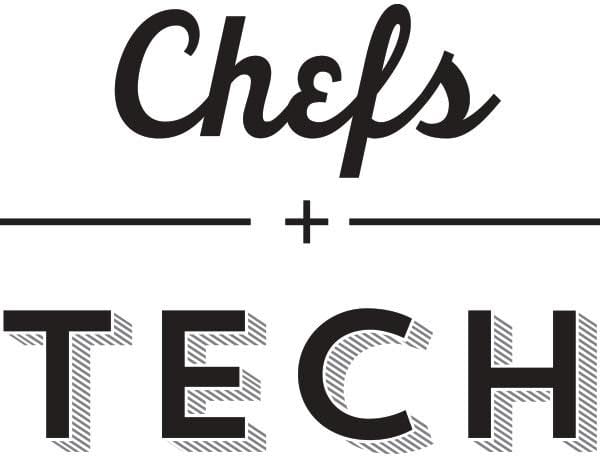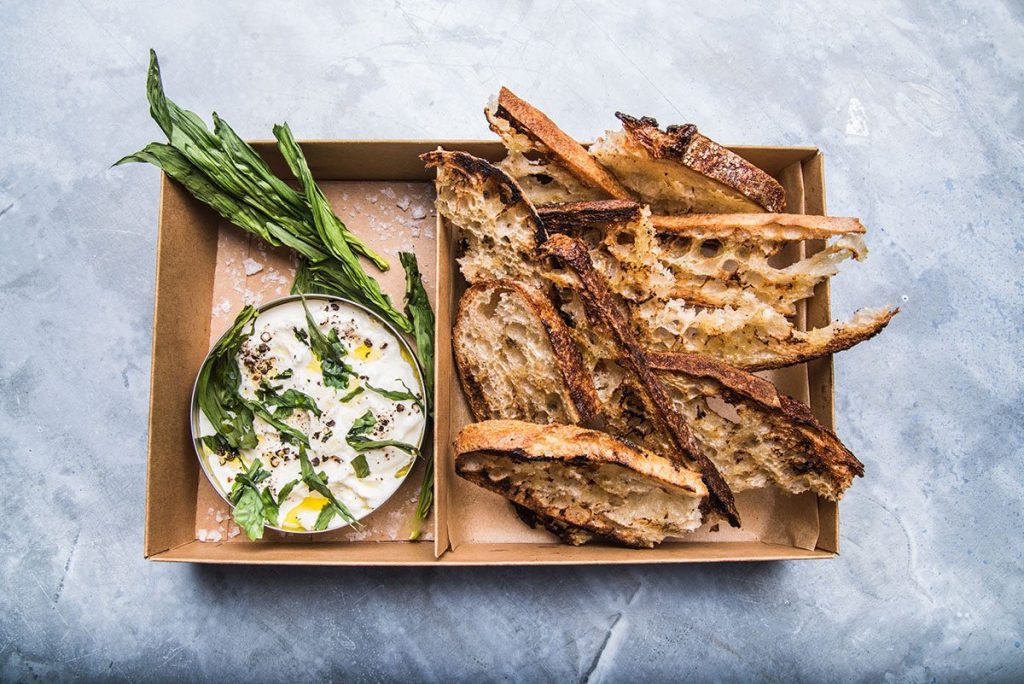Skift Take
Technology allows delivery services to quickly connect restaurants and consumers, but translating the traditional restaurant experience to your dining room takes a lot of forethought and intention.
E ditor’s Note: In September we announced that Skift was expanding into food and drink with the addition of the Chefs+Tech newsletter.
ditor’s Note: In September we announced that Skift was expanding into food and drink with the addition of the Chefs+Tech newsletter.
We see this as a natural expansion of the Skift umbrella, bringing the big-picture view on the future of dining out, being fanatically focused on the guest experience, and at the intersection of marketing and tech.
Bonus: We now publish C+T twice weekly.
Delivery-Only Young Fava to Open in San Francisco
The restaurant experience is about much more than the food. In a society that’s embracing delivery of restaurant-made food at a rapid clip, restaurateurs are left wondering how to translate their in-house experience to takeout and delivery. In fact, according to market research firm NPD Group, 61 percent of restaurant visits in 2016 were for to-go orders. Given the popularity of eating at home, one San Francisco chef felt delivery food wasn’t being given the attention it deserves. Chef Anthony Strong, formerly of the much-loved Delfina Group, will launch his new restaurant Young Fava on Friday, June 16. His inspiration comes from his own experience, and he plans to fill a perceived need in the market: capturing the same varied use cases as any neighborhood restaurant, from date night to a casual solo dinner at the bar. Strong says he’s had a couple “eureka moments” about the role of delivery in San Francisco. For example: after finishing a late-night event, he came home exhausted but hungry at 1am to find some leftover foie gras torchon in the fridge. “I was sitting there eating some foie gras on the couch and just loving life, watching Game of Thrones, eating this awesome food. I was so glad I was doing that instead of cheap delivery pizza.” And since most of us don’t have spare foie gras kicking around in the fridge, he thought, “what if everyone could have this kind of cool takeout experience?”
Thanks to delivery technology and competition, restaurants don’t have to hire their own couriers or deal with a barrage of phone orders during peak service time. Strong is partnering with UberEats for the launch, adding Postmates, Doordash, and Caviar two weeks later. Read the full interview with Strong, where he reveals more details and his own well-informed thoughts on the new restaurant experience, including its challenges, on the Chefs+Tech site.
When the Branding Is (Literally) on the Burger
Restaurateurs have admitted that the rise of social media and Instagram especially has changed the way they design and light their dining rooms, menus, and plates of food. A new trend takes that a step farther, as restaurants are putting their branding directly on the food. Bloomberg’s Kate Krader examines the trend, which has caught on for foods ranging from ramen (with the restaurant’s name printed on seaweed) to burgers (literal branded buns) to cocktails (clever stencils and bitter sprays create designs right on the drink).
According to OpenTable’s recent survey on technology and dining out, 25 percent of people use their phone to take photos of a meal to remember the experience. Notably, the number rises to 50 percent for those 34 and under. In fact, this was the top reason people admitted to pulling out their phone at the restaurant table. The number of respondents who say they take photos to share via social are slightly lower — 13 percent of respondents say they do this, while 26 percent in those 34 and under say the same. So, any element that makes a plate of food more Instagrammable, as much of this quirky branding does, creates a higher likelihood of photographing and sharing. Searching Instagram for any of the restaurants mentioned in the article yields pages full of the branded food, and those are only a few examples. If you’ve ever been to an Umami Burger, you’ve seen this in action. Branded food is exciting and different the first few times you see it, but can you imagine if every restaurant dish you ate came touting its kitchen of origin? Is it too far off to think that this could eventually expand to include actual advertising? I could, 100 percent, see this happening, especially at stadiums and events.
How Chipotle Accidentally Started Fast-Casual Movement
Chipotle wasn’t intended to be the fast-casual pioneer — and powerhouse — that it is today. In fact, founder Steve Ells initially planned on using the original Chipotle, in 1993, as a venture to fund a fine-dining restaurant. Denver’s Westword has a great story on the pioneering fast-casual chain, highlighting the decisions that Ells made that ended up becoming pillars of its business model. For example, because the restaurant was meant to be a means to an end, Ells purposely streamlined its operations in a way that would allow him to step out of the kitchen: introducing limited ingredients and menu options and an assembly-line style of service. This pared-down mode of operating meant replicating the concept was easy — and it still is, 2,300 restaurants later. In fact, Chipotle only uses 51 ingredients, “all of which can be found at a farmer’s market,” according to Ells.
In fact, ingredients are one of the differentiating points that have made fast-casual restaurants, like Chipotle, so popular. Ells took a page from the book of his former boss, noted California chef Jeremiah Tower, who focused on fresh, seasonal ingredients at Stars, his landmark San Francisco restaurant of the mid-1980s (and beyond.) The fact that a famous fine-dining restaurant wielded so much influence over a seemingly unrelated concept speaks to the way food trends emerge. These same fresh-food principles are moving from their fast-casual spotlight into fast food as most of the major chains, including McDonald’s and KFC, have announced improved attention toward ingredient sourcing. So while on one hand, Chipotle’s success may have been a happy accident, it’s also a reflection of what customers want, which, ultimately, is the best predictor of restaurant success.
Digestifs
- LA’s Jon & Vinny developed a menu for Delta One flights from LAX — Delta
- Why the best restaurants are obsessed with knowing their guests — @benleventhal on Medium
- The latest Trump-era setback in the fight for higher wages for fast food workers — Eater
The Daily Newsletter
Our daily coverage of the global travel industry. Written by editors and analysts from across Skift’s brands.
Have a confidential tip for Skift? Get in touch
Tags: dining, restaurants
Photo credit: Chef Anthony Strong's dishes for Young Fava in San Francisco are made to travel. courtesy of Young Fava
